FL mount first!
column
camera
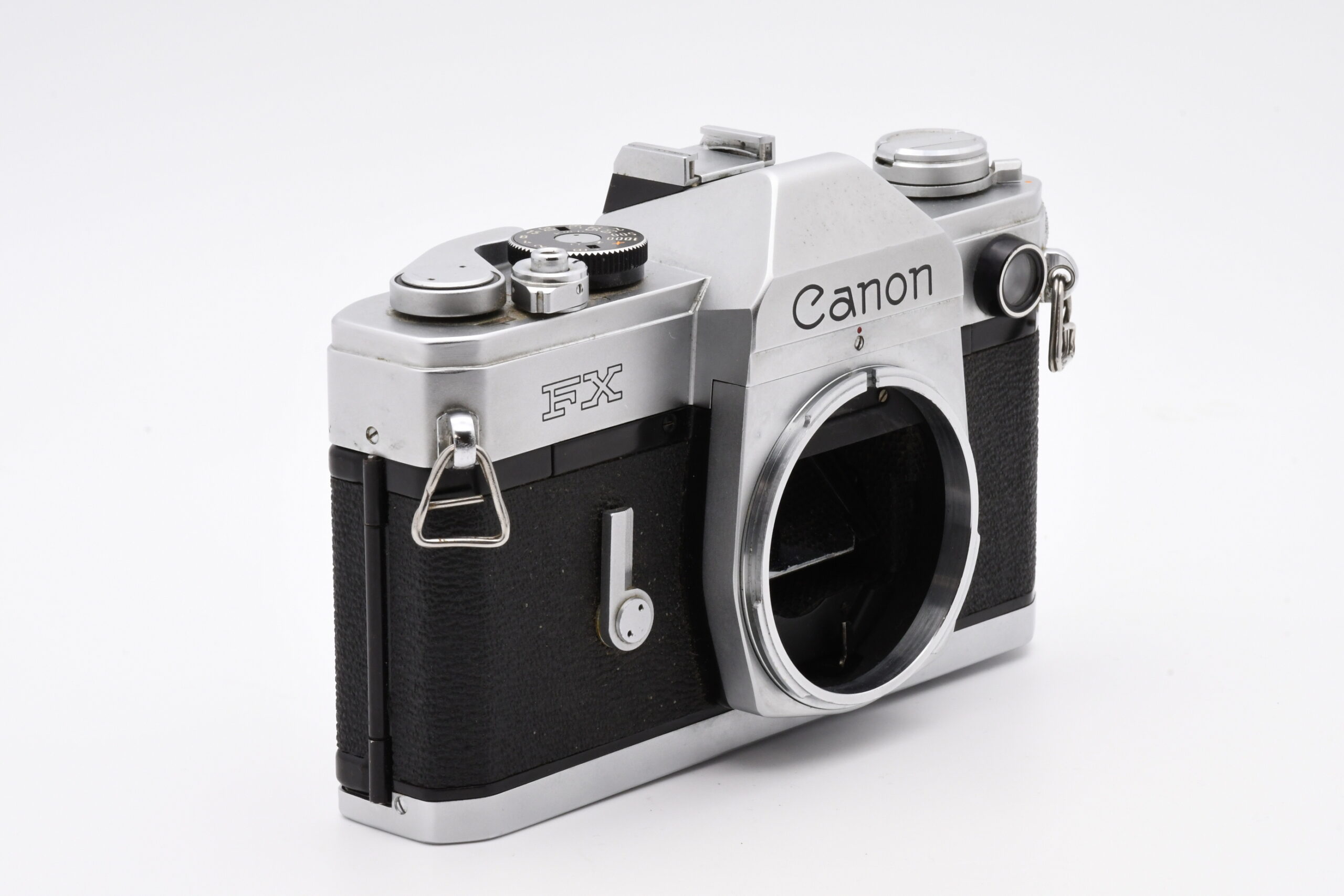
at first
I’m sorry
Because we can’t speak english
I am using DeepL translate, so it may be a strange sentence, but I would like you to understand
Thank you
Today I would like to introduce you to a vintage camera.
Canon FX
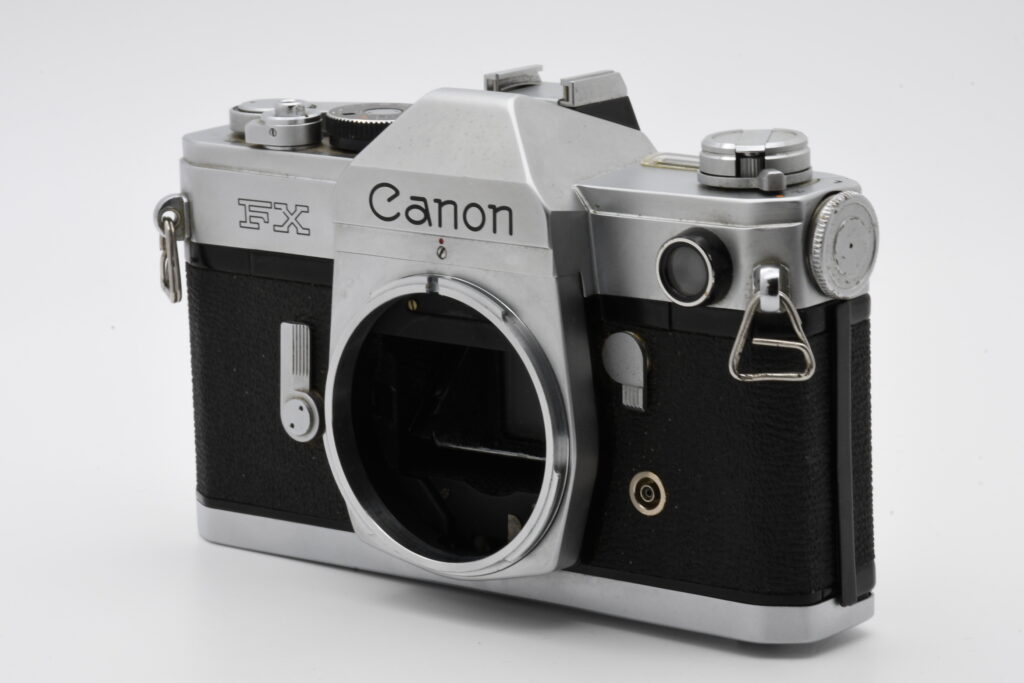
This camera was introduced in 1964. It was released 6 months before the Tokyo Olympics.
At that time, Canon’s SLR camera was the Canon Flex with R mount.
While other companies had released famous models such as the Nikon F and the Asahi Pentax series
The Canon FX was released with a new mechanism.
The lens mechanism of the R mount was transferred to the body, and the automatic aperture was linked to the body.
It was the first FL-mount body.
This mechanism was compatible with TTL metering, and the open movement of the lens returned to the camera without any connection to the camera side.
This mechanism was compatible with the later FD and New FD lenses.
The Svigot mount (a mechanism that allows the lens to be attached and detached by turning a ring) was very popular at the time among users who frequently changed lenses.
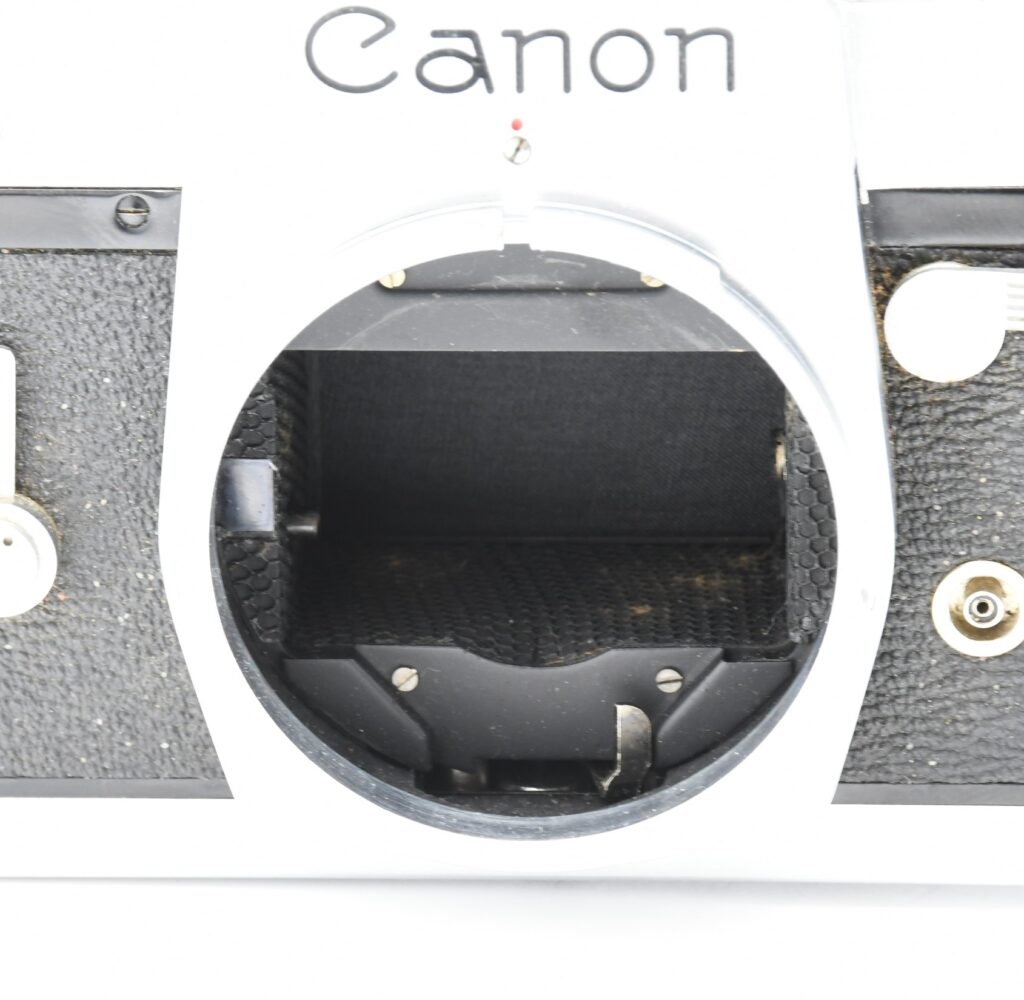
The exposure meter used a Cds element (resistance changes with respect to light) and was linked to the shutter to read the correct aperture value.
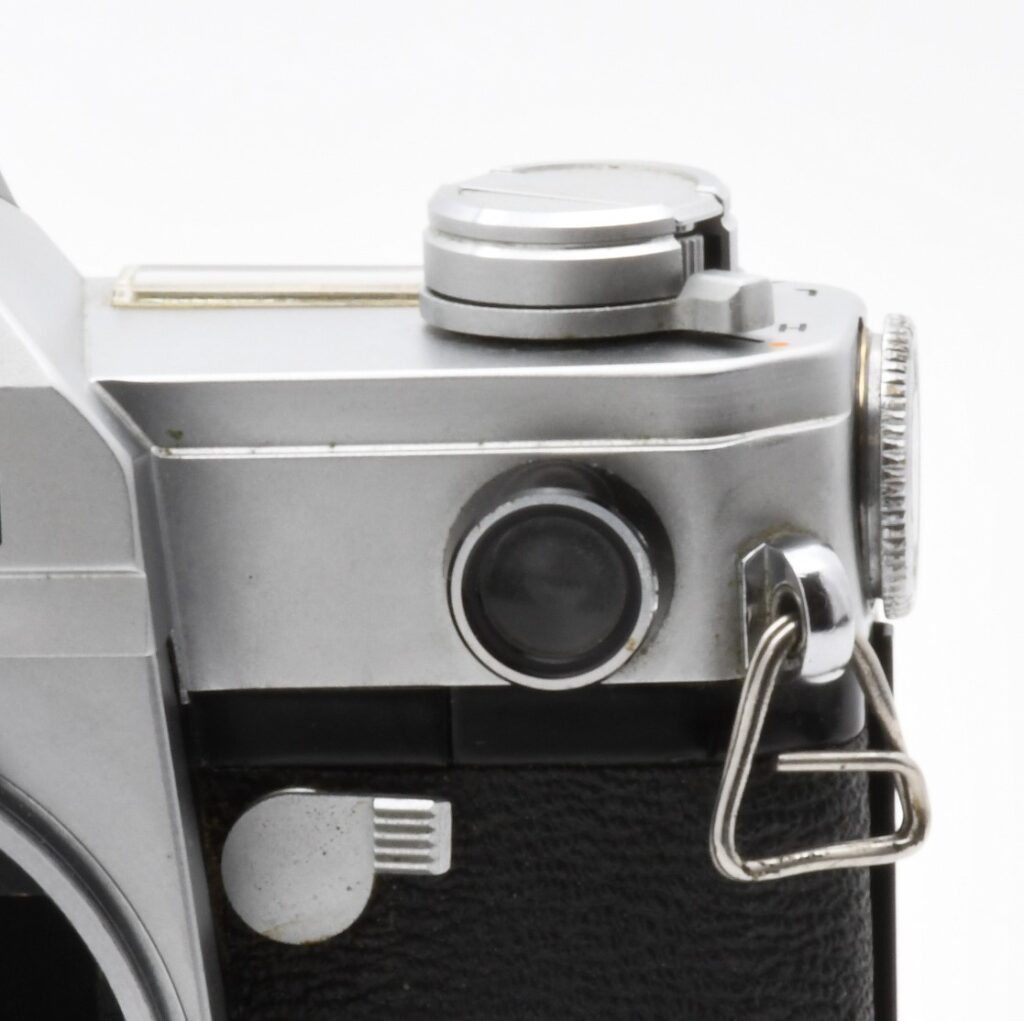
The design has changed considerably since the Flex.
The position of the film winding lever was changed from the bottom to the warship section.
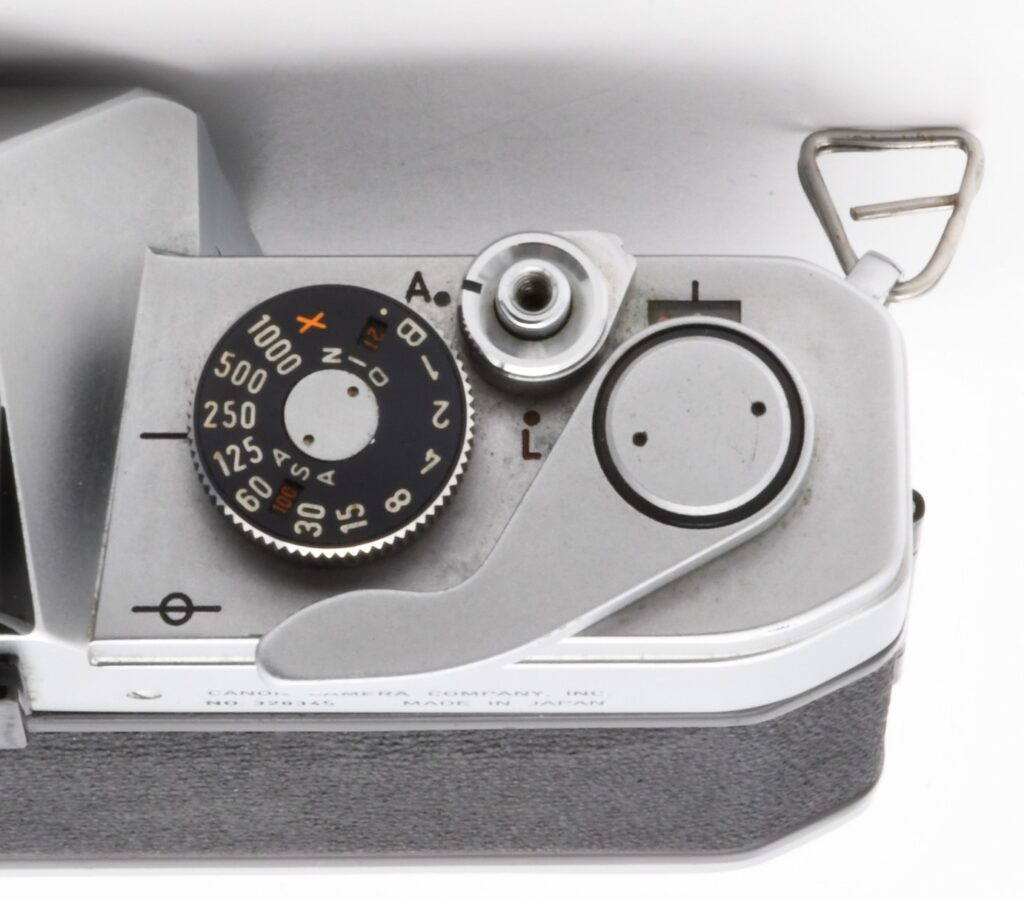
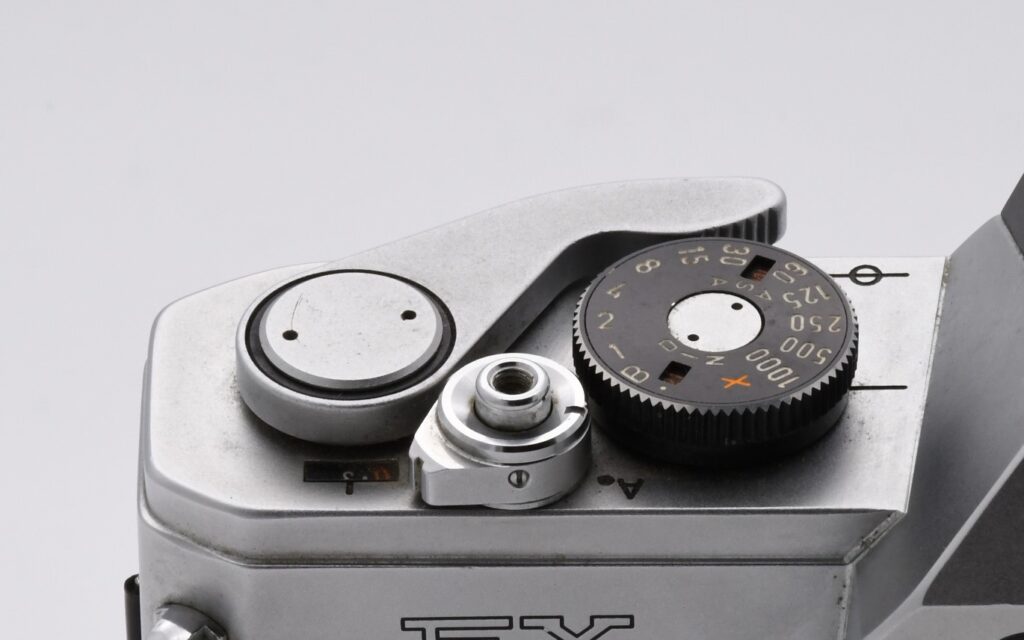
The manufacturer’s logo is simply engraved.
The top of the triangle in the viewfinder was cut off, which was cool!


And I like the silver, black, and silver from the top!
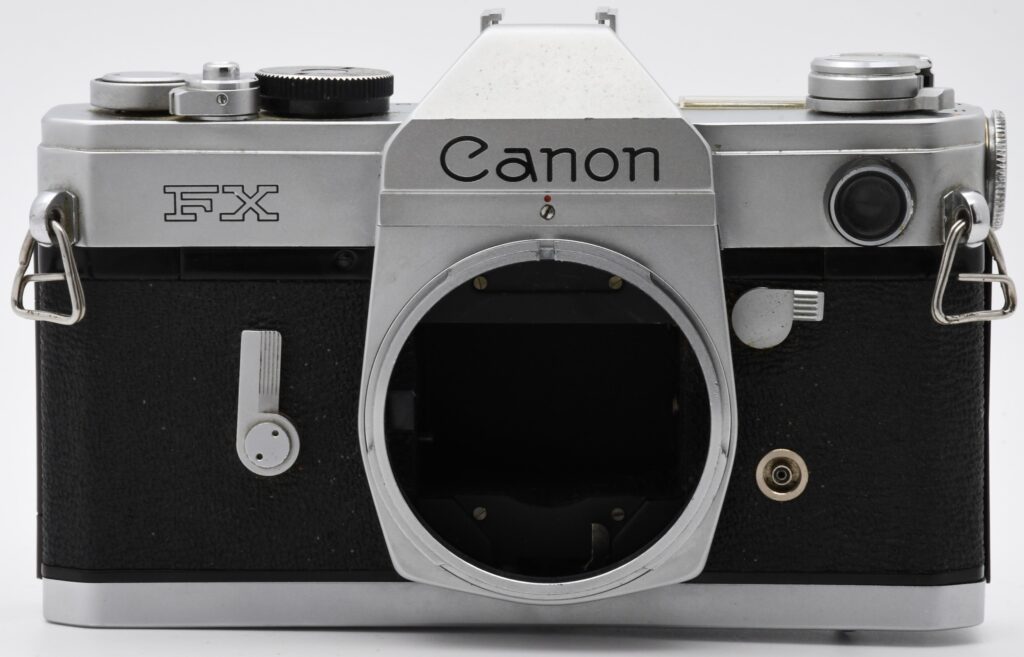
This camera was released 56 years ago, which is almost my age.
I am amazed at the presence of this camera despite its age.
This item is a camera that I acquired as junk, but the shutter works well.
The exterior is relatively clean and the film chamber is also clean, so this is a camera that I would like to eventually revive.
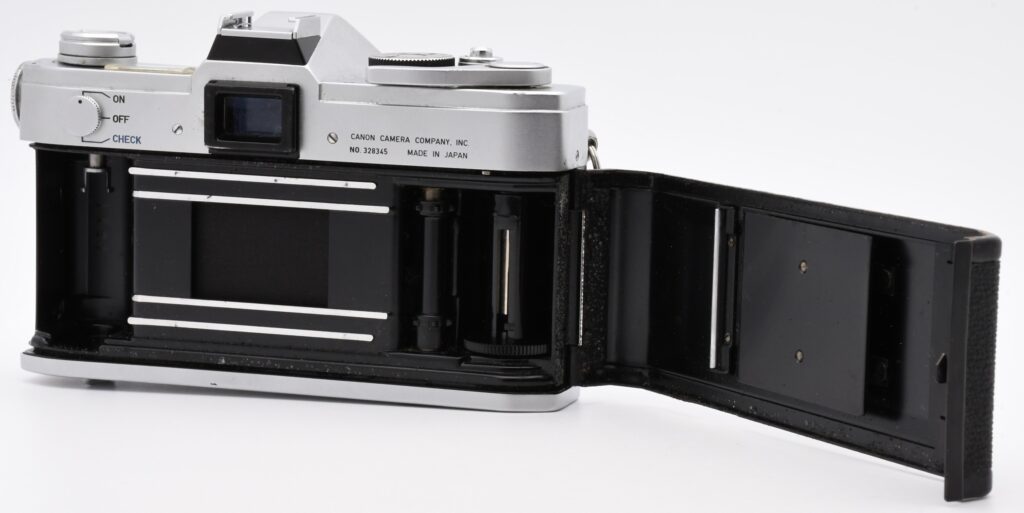
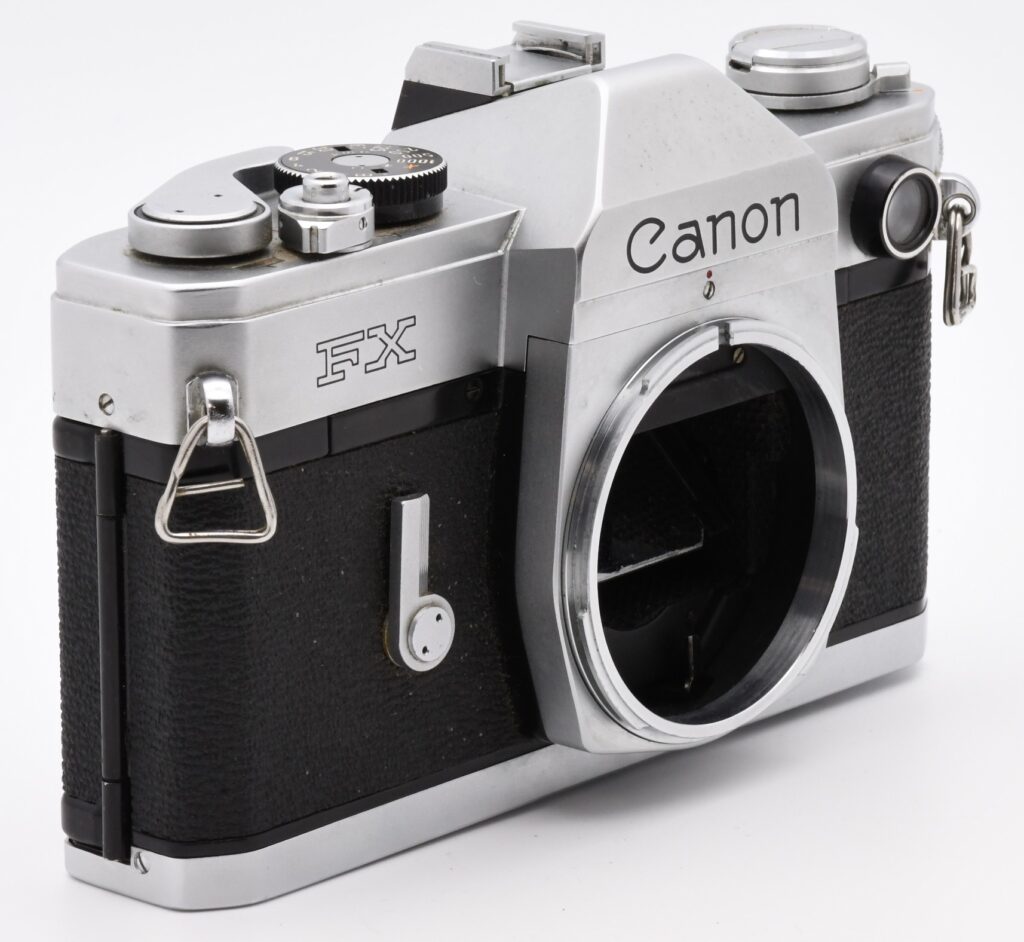
A year later, Canon released the Perix and Perix QL with TTL metering. Five years later came the F-1, which took the world by storm.
When you think about it, it would be fair to say that the FX was the camera on which the F-1 was based.
It is truly wonderful that Japan was able to develop and launch such a precision machine!
And
Once again, it was one of those vintage Japanese cameras that made me realize how wonderful they are!
I will continue to introduce cameras and lenses that I find interesting.
Look forward to the next installment!
Writer T.Okumura
